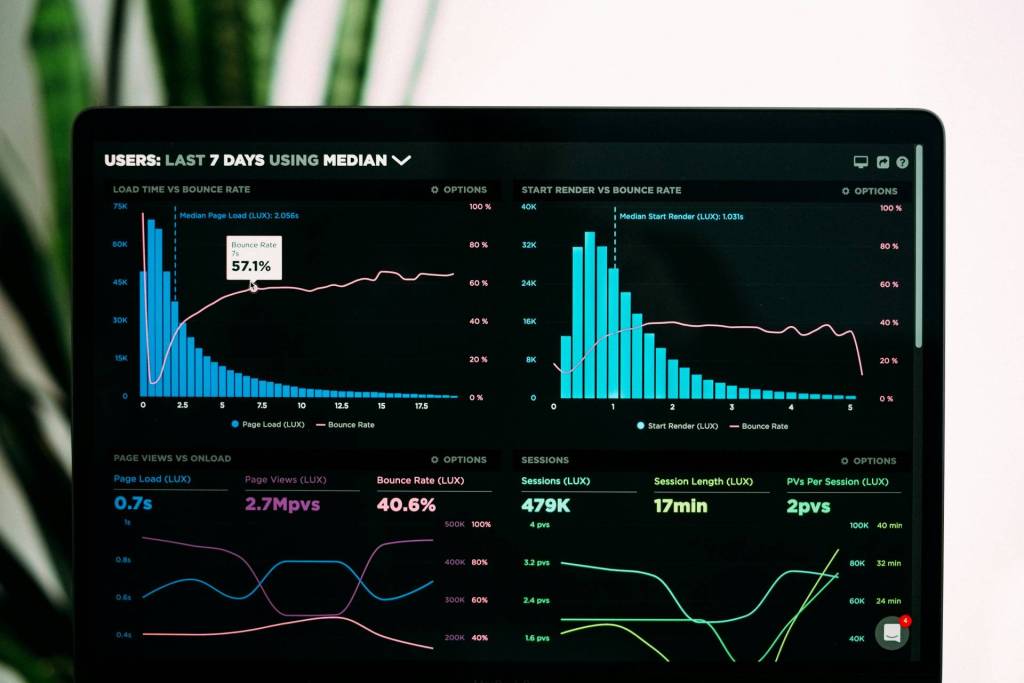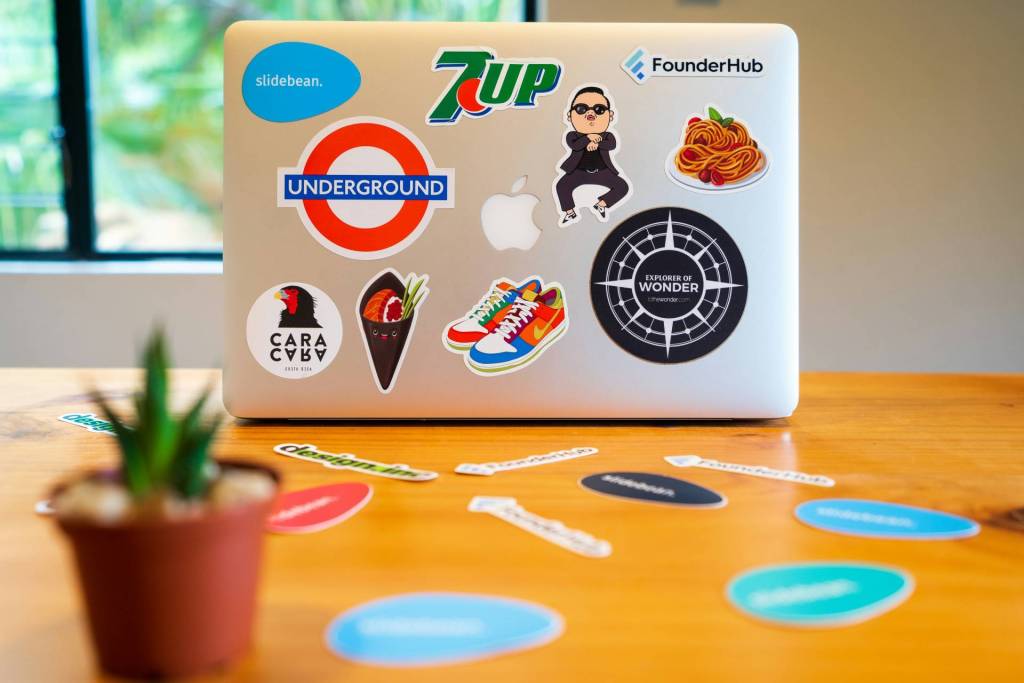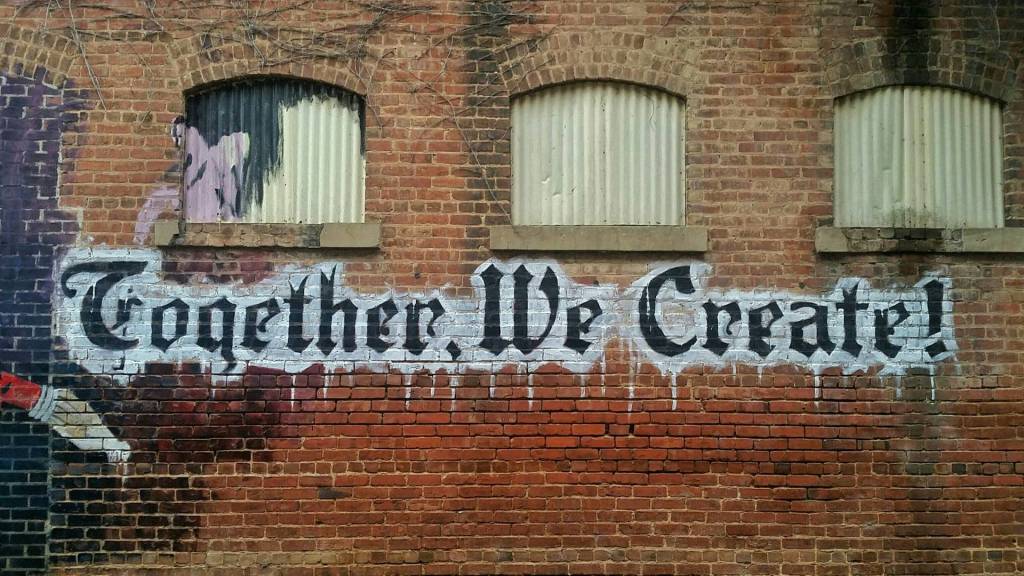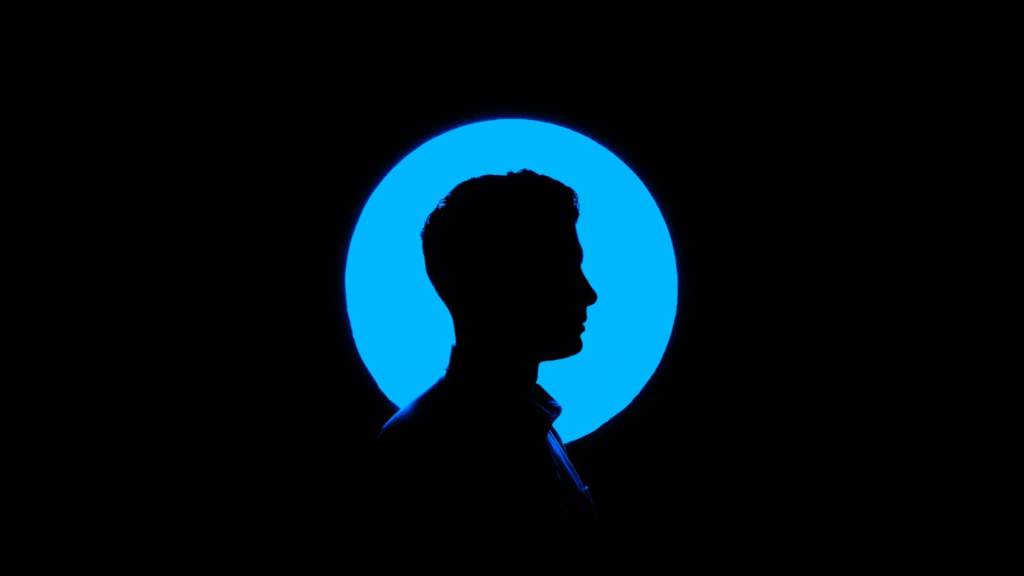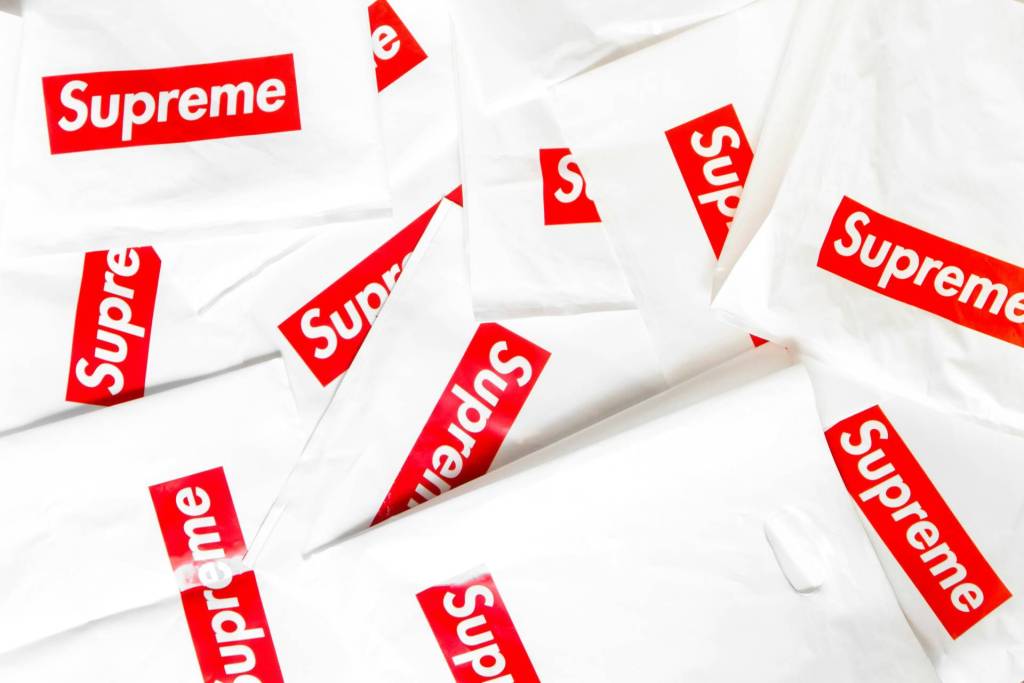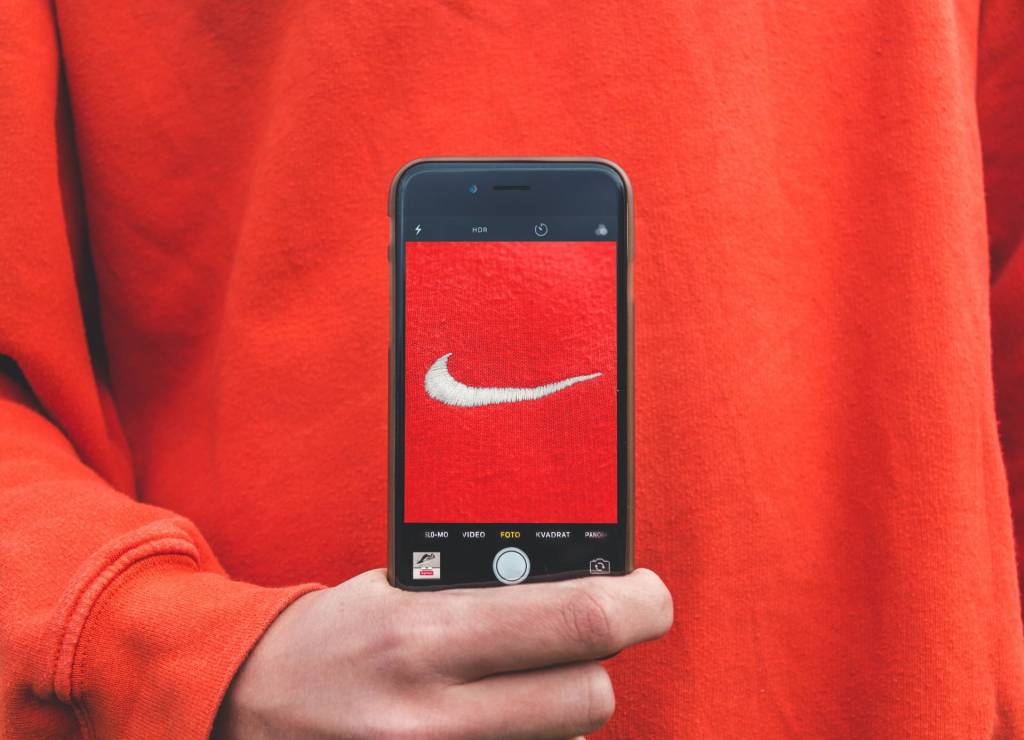What comes to mind when you hear the term, “Media?” Go ahead; I’ll give you a second to sort it out. The truth is today most people don’t know what to make of the countless number of ‘media’ sources that exist. We struggle to consume news because there is too much of it, and there are too many sources doling it out. Before the internet, the media industry was much more streamlined. Only a few major players competed in each of the three ‘traditional’ branches of media: Radio, Television, and Print. And there were relatively high barriers to entry, meaning a consumer could rely entirely on those few players to provide all the information he/she needed on a daily basis. For this reason, media branding wasn’t much of a challenge: You either had a media brand, or you didn’t. You either were the New York Times, or you weren’t.
From traditional to digital
Enter digital media. I won’t insult you by describing how it has transformed the media space. You’re reading a blog after all, so I will assume you’re up to speed. Rather, I want to focus on how this revolution in media has made media branding a much more important, and difficult, priority. It has added a fourth category to the media suite: Radio, Television, Print, and People.
A study by Columbia University recently concluded that search engines are fundamentally changing the way that our brains store information. Interestingly, people today are programmed to remember where to find information, rather than remembering the information itself. Some would contend that this condition makes us less intelligent; however there’s no need to place any value judgment on it. It’s not a worse way of thinking; it’s just a different way. It’s also a natural defense against the dreaded disease known as “Information Overload”. As Malcolm Gladwell suggests, when we are presented with too many choices, we tend to make no choice at all. In other words, if we become overwhelmed looking for news/information on the internet, our tendency likely will be to just give up. As a media outlet, that is the last thing you want to happen to your potential consumers.
What does this mean for Media Branding?
Whether you are a large news organization, a blog run by a single individual, or anything else, you are a media outlet in today’s marketplace. Therefore, creating a complete media brand is critical to your success. As we discussed, people don’t remember information as much as they remember where to get the information. As a media brand, you want to do everything possible to make sure it is YOU they are remembering!
Consumers will look for heuristics, or mental cues, to help them remember valid sources of information. So above all else, make sure your site is considered as a valid source. This is evidenced by the success that some traditional media has had in converting to the internet. NYTimes.com performs so well because it already has a strong, credible brand in the media world.
How does a media source achieve validity?
- Focus – An important element to media branding is focus. Don’t try to be everything to everyone. If you are starting out, you’ve probably already lost the battle to be known as the place to get general news (There’s enough of those brands). However, you may be able to grab a hold of a piece of the market, such as “Tips on how to train a dog,” or “Information about new premium wine.” People will be able to remember that your site is the place to go for a very specific reason.
- Take Google Seriously – What do people do when they want to find a credible source? They ‘Google’ it. If it’s the top ranking link on a Google search, it must be good, right!? So take Google, and SEO in general, seriously. No one is going to find your incredible content on tennis if you appear on the 10th (or even 2nd) page of Google.
- Stay Consistent – Maintain your focus, don’t stray from the vision that your blog or website (or magazine, newspaper, etc.) presents. People will lose interest quickly. And if you have more than one channel of communication – i.e. Blog as well as a Magazine – keep the media brands consistent. Use the same logos, color patterns, etc.
- Proliferate Content – Make your presence known outside of your blog. Create a Twitter feed, a Facebook page, and a Google+ account. Syndicate your content onto aggregators like Guy Kawasaki’s Alltop. If other credible sources are distributing your brand, it will increase your credibility.
What about Entertainment?
The principles above also apply in the entertainment space. Many people get “discovered” from YouTube and MySpace because these platforms provide them an outlet to showcase their talent to the world (See Justin Bieber). Yet there are millions of other musicians, actors, athletes, comedians, etc. that will never make it. Why? Because they haven’t set themselves apart from the masses. Remember what I said earlier – EVERYONE is a media brand now. How powerful that brand is depends solely on how you build and maintain it. You have to find a way to stand out from all of the noise.
The key is to decide what you are going to be and OWN that image. If you ask five people to describe your brand – you ideally want to hear the same description from all five. Focus, Stay Consistent, and Proliferate. If you adhere to these rules, the sky is your limit. Oh yeah, and if you’re a performer – it also helps to be talented. Without talent, disregard these tips. J
Media + Entertainment branding is certainly a challenge, and even the strongest brands in the world will need to evolve over time. However, it is also an opportunity that did not exist even a couple of decades in the past. If you want to own a market – own it. If you want to become a star – do it. Ultimately, the most important element to a strong media brand has not changed: Passion. If you have that, you’re well on your way.

